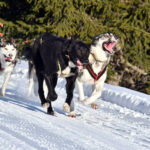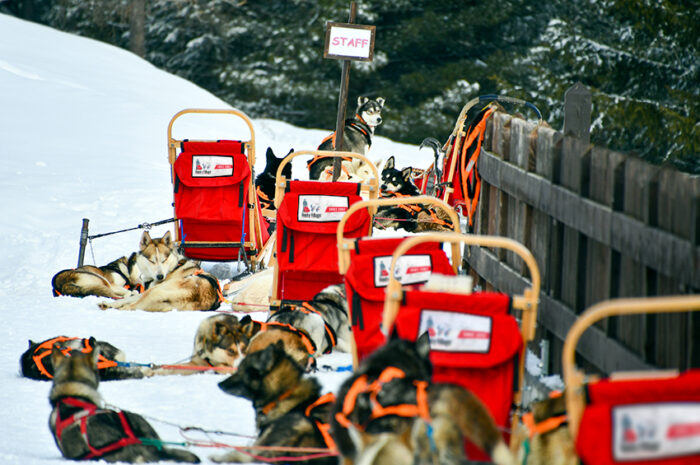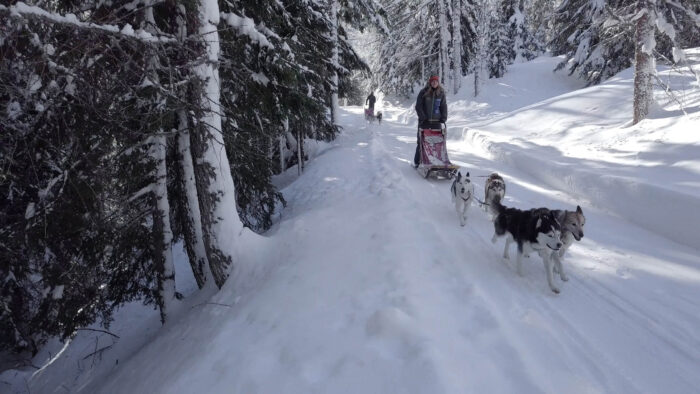The historic dog sledding competition in Alaska
What is the Iditarod, where and when does it take place?
The Iditarod Trail Sled Dog – The Last Great Race, better known simply as the Iditarod, is the world’s most famous sled dog race. It is run in Alaska every year in March, on the first Saturday of the month: the 2022 edition, which will also be the 50th edition of the race, is scheduled for 5 March next year, starting from Anchorage and finishing in Nome.
History and origin of the Iditarod
In 2022 it will be 50 years since the first historic edition of the Iditarod, which took place in 1973. Joe Redington Sr., one of Alaska’s most famous mushers, whose family continues the founder’s legacy of promoting and preserving the sled dog tradition, and Dorothy Page, the first editor of the Iditarod Annual, were behind the creation of the most iconic dog sled race in the world. The first Iditarod was won by Dick Wilmarth, who took 20 days to complete the trail; the 2021 edition, whose trail was shortened due to the pandemic, was won by Dallas Seavey in “only” 7 days and 14 hours.
Iditarod is a term used by the native peoples of Alaska (Ingalik and Holikachuk) which, according to scholars, can mean “very far away place”.
Iditarod: the route
The Iditarod route covers the 1049 miles (over 1600 km) between the cities of Nome and Anchorage in Alaska. It is a route known and used by the original Alaskan people, who used to travel by dog sled, but it became famous during the gold rush period in the 1800s, when gold seekers flocked to the area in search of fortune, and with the subsequent mining of Alaska.
Teams of sled dogs led by individual mushers have to cover the route in the shortest possible time to the finish line, freely organising their stops after three compulsory stops (one of which is a 24-hour stop). All along the route, in the vicinity of the villages in the area, there are various checkpoints where the mushers can stock up on supplies for themselves and their dogs and where there are vets to monitor the huskies’ health: if a dog is unable to continue the race, it is immediately stopped to undergo the necessary treatment. A special award – in addition to the Iditarod’s final prize of $50,000 and a pick-up truck – is given to the musher who best cares for his sled dogs throughout the race.
Why the Iditarod is the world’s most important dog sled race
The Iditarod’s fortunes are linked not only to the extreme weather conditions in which it takes place, which put the musher and his team of sled dogs to the test, but also to the legend of Balto. The story made famous by the film industry in recent times is based on what really happened in 1925 in the town of Nome, where a diphtheria epidemic broke out and adverse weather conditions prevented the arrival of the necessary medicines. So it was teams of sled dogs – including a husky named Balto and one named Togo – who took charge of transporting the medicines to Nome, saving the lives of a large number of people. The route taken by these Nordic dogs and their musher on this occasion partly coincides with that of the Iditarod.
Today, the Iditarod is the symbol of dog sledding, a true legend that every year attracts the best mushers in the world: a tough and adventurous sled dog race, in a hostile natural environment with very low temperatures that can reach -50° C, which fully expresses the essence and origins of mushing.
Discover the huskies in Valdidentro, the descendants of the dogs that raced the Iditarod












